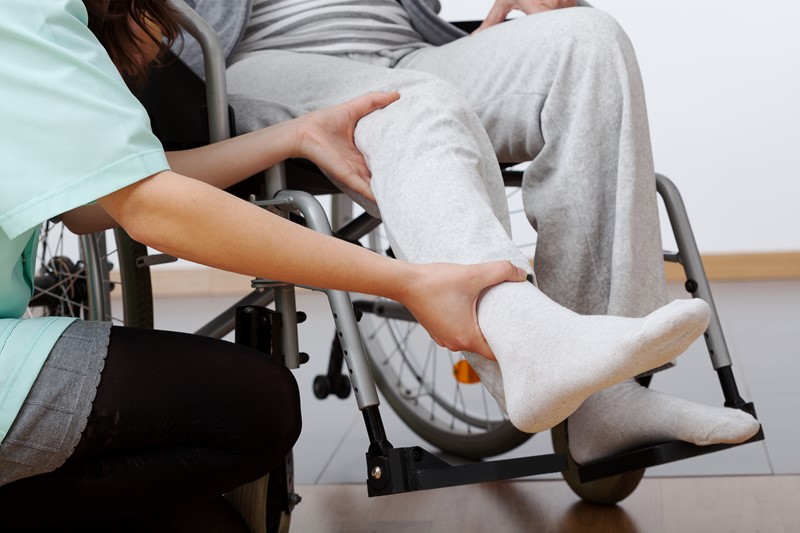When it comes to interacting with healthcare, there is nothing seamless or convenient about it. Patients and their caregivers are exhausted and frustrated from trying to navigate overly complicated health systems, facing long wait times to access services or procedures and difficulty in finding trustworthy information.
To ensure health systems are more sustainable for the future, we must take steps toward improving the patient experience. In the next blog in our latest series on taking steps towards achieving the Quintuple Aim, we take a look at healthcare’s customer experience problem and how technology can help.
Healthcare is seriously lagging behind
We have all become accustomed to self-managing many aspects of our lives – the majority of services we interact with daily happen online. We can apply for a loan online and manage our finances, we can upgrade our wifi plan, check our gas and electricity usage and book our next hair appointment all from our mobile phones. Healthcare – which is probably the most important – is seriously lagging in this area.
A big step towards improving the patient experience is to significantly improve people’s access and interactions with their health system. A digital-first strategy that encompasses digital front door technology to connect all of the services and tools needed for people to self-manage their health and wellbeing can make this happen.
Empowered patients who can better navigate the health system and find the information they need, when they need it, will no longer feel the frustration of waiting for a response or working it out for themselves via Dr Facebook. This will alleviate some of the pressure on the system itself, and on clinical teams in having to respond to more simple or common conditions that are generally straightforward to self-manage.
Empowering people with the right tools
Integrating an AI-powered symptom checker into a digital front door strategy can help people determine the seriousness of their condition. It can help recommend whether they need to see their GP or whether information is available online via the system that can support them from home. This connected experience empowers people to play a more active role in their care and ensures they receive care in the right place, ideally at home rather than in the ED. It also ensures resources are being used more effectively, enabling clinicians to focus their time on those patients who need them most.
Supporting patients throughout their health and wellbeing journey with resources that enable them to easily find information to help themselves and facilitate interactions with the healthcare system is also key to improving the patient experience. Educating patients and their caregivers on medical condition in depth helps them understand what it is, what it means and how it can be treated. Most importantly, patients and their caregivers learn how they can help [6].
Integrating a centralised approved authoritative health library & services directory into a digital front door makes it much easier for people to educate themselves on a recent diagnosis, or on ways to improve their wellness. This gives people more confidence in their decision making so they are better equipped to do things like weighing up the pros and cons of treatment and combat misinformation.
Knowledge is power
Simply put, knowledge is power. Providing patients with the tools to be able to better navigate, understand and interact with the health system enables them to actively participate. Patients are now able to become part of the solution and full members of their care team and have an overall better experience as they navigate their health journey.
Interested in reading more about how leveraging a digital front door can alleviate patient and caregiver burnout and help health systems achieve the Quintuple Aim?
In our next blog, we will look at how empowering patients with a digital front door can help improve health outcomes.



